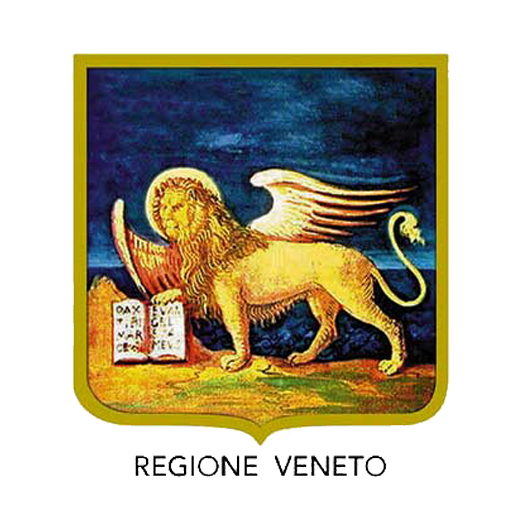Protohistoric Necropolis
Via S. Stefano, 13
The archaeological area of Via Santo Stefano is located in one of the oldest districts of the walled city of Este and is also known as the Necropolis of the Ricovero, referring to its proximity to the historic care home for the elderly. This site represents the most important archaeological complex related to the civilization of the ancient Veneti, who founded their first permanent settlement in Este. The city later became the main center of this civilization during the pre-Roman era.
The necropolis was founded during the Iron Age and retained its funerary function for several centuries. Archaeological excavations have uncovered more than 150 tombs, documenting continuous use of the burial ground from around 800 to 100 BCE. The graves have required scholars to undertake a long and meticulous process of chronological reconstruction. Today, the area is a highly significant archaeological site where visitors can explore the origins and evolution of the culture of the ancient Veneti.
Excavations and site enhancement
The first archaeological investigations in the area date back to the late 1800s, when about 120 pre-Roman and Roman tombs were discovered. These findings formed the original core of the National Atestine Museum, where many of the artifacts are still housed. Later, new excavations in the courtyard of the Este Care Home brought to light important evidence, immediately revealing the exceptional nature of the site.
In 1983, building renovation works provided the opportunity to further investigate the area. Thanks to the application of new methodologies and the reorganization of collected materials, many hypotheses proposed by 19th-century archaeology pioneers were confirmed. The results made it possible to reconstruct more precisely the different historical phases of the necropolis, identifying its development and the layers that document the social and cultural organization of the ancient Veneti.
The history of the Necropolis of the Ancient Veneti
The earliest phase (800–750 BCE)
During this initial phase, the tombs were marked by small earthen mounds bounded by circles of trachyte stones. Each mound held one or two burials, with the cremated remains of the deceased placed in perishable containers or in boxes made of red shale from the Euganean Hills or in wooden caskets. Many of these graves were intended for multiple individuals, serving as family tombs.
The next phase (750–650 BCE)
In this period, the necropolis expanded, and the tombs were delineated by large stone slabs. A distinctive feature of this phase is that the burial structures were oriented toward the settlement, reflecting the bond between the living community and their dead. Additionally, the layout of the burials reveals a clear hierarchical order, indicating the differing importance of family groups.
The transition between 650 and 500 BCE
A radical transformation began in the organization of the necropolis. In the northern part of the area, a large monumental mound was built, enclosed by slabs of shale and trachyte boundary stones. This marked a new sense of monumentality, accompanied by increasing social complexity, also evidenced by innovations in domestic architecture at the time.
From 500 BCE and beyond
Burials were concentrated in the southwestern sector of the necropolis, organized into groups with uniform orientation. Later phases have been more difficult to reconstruct due to disturbances caused by Roman tombs and subsequent interventions in the area.
The tomb of Nerka Trostiaia
One of the most remarkable discoveries of the necropolis is the tomb of Nerka Trostiaia, dating to the early decades of the period between 300 and 200 BCE. It is a monumental grave belonging to a noblewoman, whose rich funerary goods attest to her high status. Among the objects found were precious ornaments and artifacts, which have been restored and are now on display at the National Atestine Museum.
Preservation and the future of the archaeological area
In recent years, excavations of the upper layers of the necropolis have been suspended in order to preserve the site’s stratigraphic context. This decision allows for the archaeological “landscape” to remain legible and for future investigations to be conducted using even more advanced technologies and methods.
A journey into the history of Este and the ancient Veneti
The Archaeological Area of Via Santo Stefano offers a unique immersion into the history of the ancient Veneti civilization, documenting not only their social and cultural evolution, but also their relationship with the world of the dead—so closely tied to the transformations of the living community. Today, the site is a point of reference for enthusiasts of archaeology and ancient history, a place where the past comes to life through the material remains and the stories they tell.







